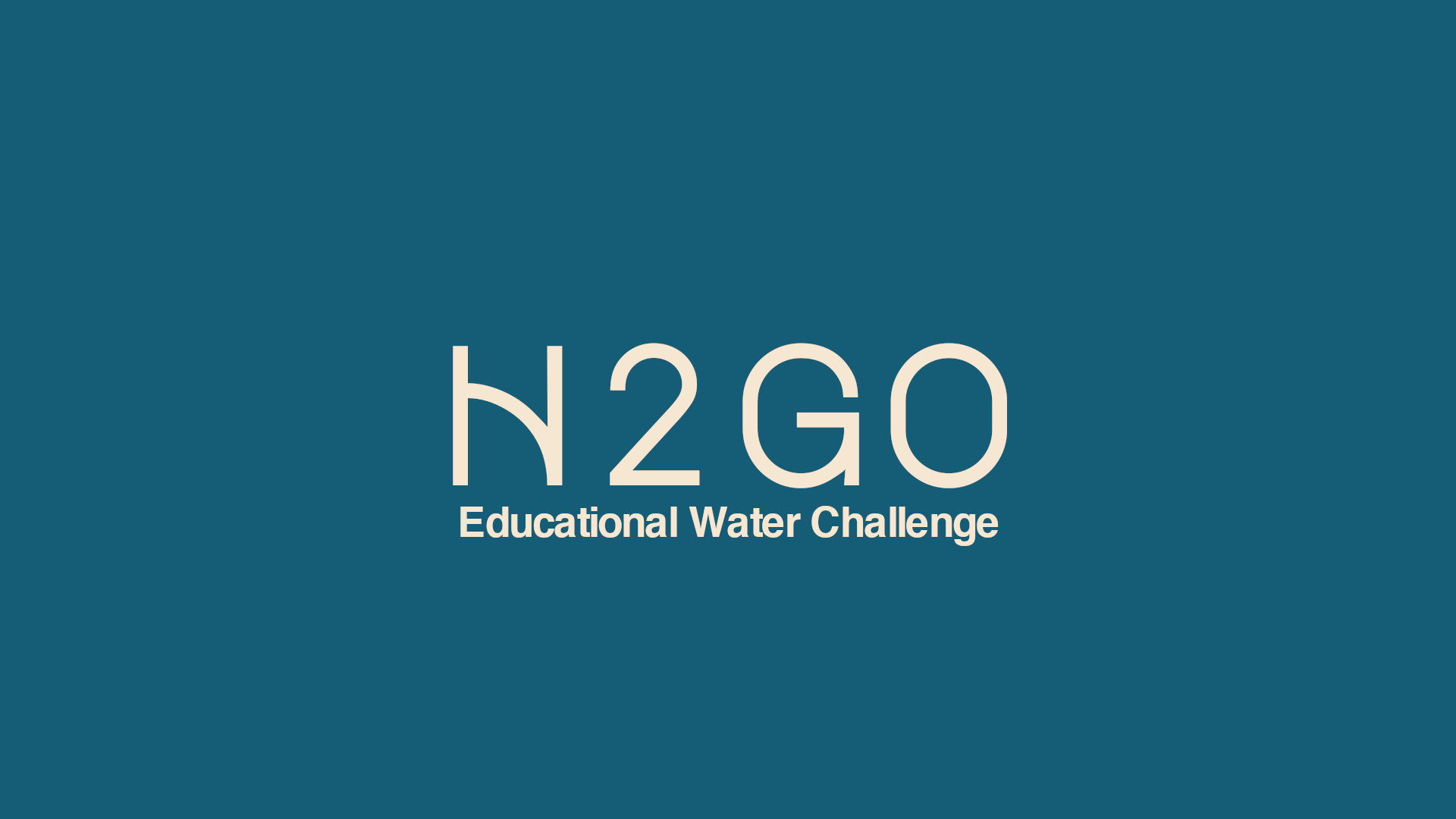Project Description
H2GO is an interactive and educational challenge designed for young people to develop a greater understanding about water, the hydrologic cycle, its impact on the surrounding ecosystem and the changes they can make in their own lives.
With the effects of global warming ever increasing, resulting in droughts and lengthy dry periods, society is becoming more conscious about their usage of water as supplies continue to dwindle whilst the demand grows. The young people of today will be the adults of tomorrow and will feel the greatest impact of the environmental decisions made by our current leaders. Youth should therefore be educated about water and its appropriate management and usage so that society will use what is our most valuable resource sustainably into the future.
Youth are invited to compete with others at publicly accessible water catchment areas to obtain the most points through quiz and scavenger hunt based activities. Activities may involve racing to checkpoints and completing challenges, whilst exploring the surrounding ecosystem. This results in individuals to develop a greater understanding about where water comes from, the hydrologic cycle, where it is treated and how it ends up in their taps.
The flexibility in the structure of the program means that has the potential to operate as an excursion opportunity for classes or be taken part in by families on weekends at any location which is deemed as a water catchment.
This fun, interactive and educational experience captivates the minds of young people and extends on their current knowledge on water whilst enjoying the outdoors.
Data Story
Data is a foundation for the H2GO challenge. It provides us with the locations of water sources, information regarding community and region usage of water, statistics on water condition and pollution and the location of educational institutions near these areas.
Water usage data provided on a postcode, council and state level can be combined with students’ household usage to provide a better understanding of where and how our precious commodity of water is being used. With this greater knowledge, based on factual evidence, we can better education our youth of today and our leaders of tomorrow on sustainable water practices.
As H2GO is an educational program, identifying schools within areas of above average water usage can be achieved and compared to locations of publicly accessible water catchment areas to most effectively position the program for a particular a client.

